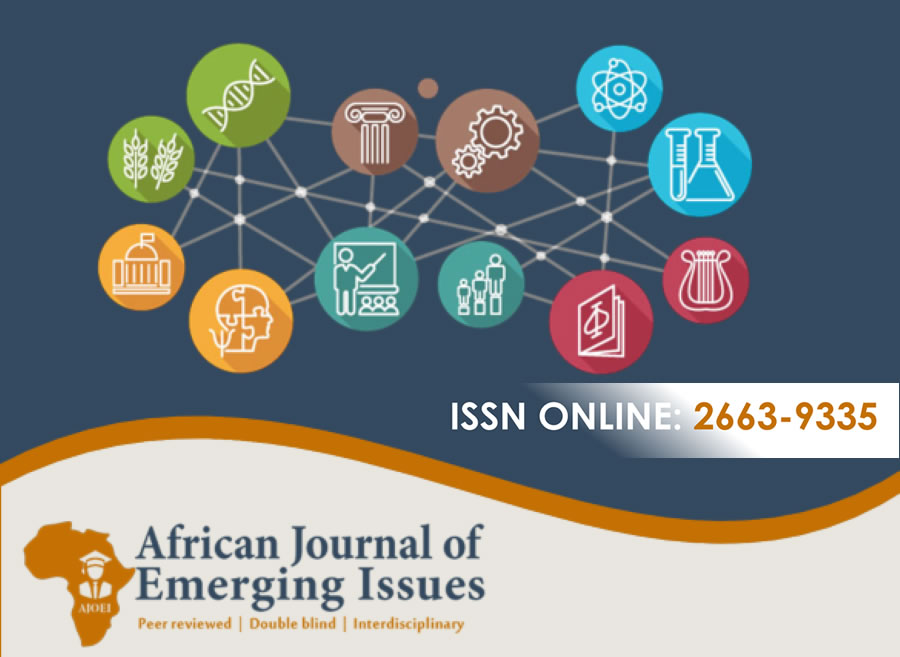INFLUENCE OF LEADERSHIP STYLE ON RECRUITMENT AND SELECTION IN SERVICE STATE CORPORATIONS IN KENYA
Abstract
Purpose of the Study: The main aim of this study was to find out how leadership style influence recruitment and selection in Service State Corporations in Kenya.
Statement of the Problem: The function of recruitment and selection involves a variety of human resource activities, including the analysis of the labour market, long-term planning, procurement, interviewing and testing. The recruitment and selection process is; however, not without problems. Retaining quality workers is challenging as a result of recent phenomena such as skills shortages, employee mobility and the expected retirement of baby boomers in the near future.
Methodology: To realize this objective, the study adopted a descriptive cross sectional type of research design that enabled investigation of the various factors that influence recruitment and selection. The target sample was 154 executives of Service State Corporation in Kenya. A stratified random sampling technique was used to achieve desired representation. Data was collected using structured questionnaires. To analyze the collected data, descriptive and inferential statistics were used. Statistical software used was SPSS version 20.
Result: Regression analysis between leadership style and recruitment and selection revealed a coefficient of determination (R squared) of 0.450 and adjusted R squared of 0.446 at 95% significance level, implying that leadership style explains 45.0% of the variation in recruitment and selection of employees in Service State Corporation in Kenya. The findings also revealed a positive and statistically significant relationship between leadership style and recruitment and selection of employees in Service State Corporation in Kenya (β=.696, p=.000<.05), pointing to the fact that a unit change in leadership style results into an improvement in recruitment and selection of employees in Service State Corporation in Kenya by 0.696 units.
Conclusion: The study concludes that how well a leader performs is a result of a highly complex interaction between individual’s behavior and elements of the situation in which he or she operates. A leader’s knowledge, abilities, and behavioral style are important in this interaction, as is the extent to which the leader is able to influence recruitment and selection.
Recommendation:The study recommended that the policy makers should enact polices that promote talent management aspects in state corporations in Kenya in order to ensure sustainable employee retention a good leadership, and competitive advantage.
Keywords: Leadership style, Situational leadership, Transformational leadership, Transactional leadership, Recruitment and selection.
References
Barney, G. P., (2014). The internal economics of the firm: Evidence from personnel data.
Baruch, Y., & Holtom, B. C. (2008). Survey response rate levels and trends in organizational research. Human relations, 61(8), 1139-1160.
Boxall M. E., Purcell S.B. & Wright, R. A. (2015). “How Are Internally Oriented HRM
Chan W. (2014).External Recruitment vs. Internal Promotions. Journal of Labor
Cooper D. R. & Schindler P. S. (2014).Business Research Methods, (8th Ed.). Boston:
Economics.
Field, A. (2013). Discovering statistics using IBM SPSS statistics. Sage.
Fielder, (1996).Corporate Mobility and Paths to the Top. New York: Quorum Books.
Grobler, R.D., Warnich, F., Carrel, D., Elbert M., & Hatfield, S. (2014). Human Resource
http://www.bath.ac.uk/werc/pdf/toughCIPD_8_02.pdf (Accessed: 12 March 2015). PWC (2012-2015) ‘Talent Management.’ Available at: http://www.pwc.com/gx/en/hr-management-services/talent-management-strategyservices.
Kothari, C. R. (2004). Research Methodology: Methods and Techniques(2nd Ed).New Delhi: Winley Eastern Ltd. McGraw-Hill Irwin.
Nzuve, S. N.M. (2010). Human Resource Management,(Revised Edition) Nairobi: Kijabe Printing Press.
Obure M. J., (2012). Data Analaysis Using SPSS: M & O Data Expert Training and Consultants, Nairobi: ARTs Press.
Policies Related to High-Performance Work Practices? Evidence from Singapore. ”International Journal of Human Resource Management.
Purcell, J. (2015).Sustaining the HR and performance link in difficult times. Available at:
Quarterly Journal of Economics.
ROK (2015) .Kenya Economic Survey. Kenya Bureau of Statistics: Government Press
Selection, (4th Edition). New York: The Dryden Press.
Shandu, S. (2015).Human Capital: Tools and Strategies for the Public Sector. Washington DC: Sage Publications inc.
Sims, C. (2012). Job Analyses: a strategic human resource management practice, International.
Smith, M., Thorpe, R. and Jackson, P. (2008).Management Research.(3rd edn.) London Sage Publications Ltd.
Taylor, S. (2015).Contemporary Issues in Human Resource Management, London:CIPD.
Yamane, Taro (1967).Statistics, An Introductory Analysis, 2nd Ed., New York: Harper and Row.





